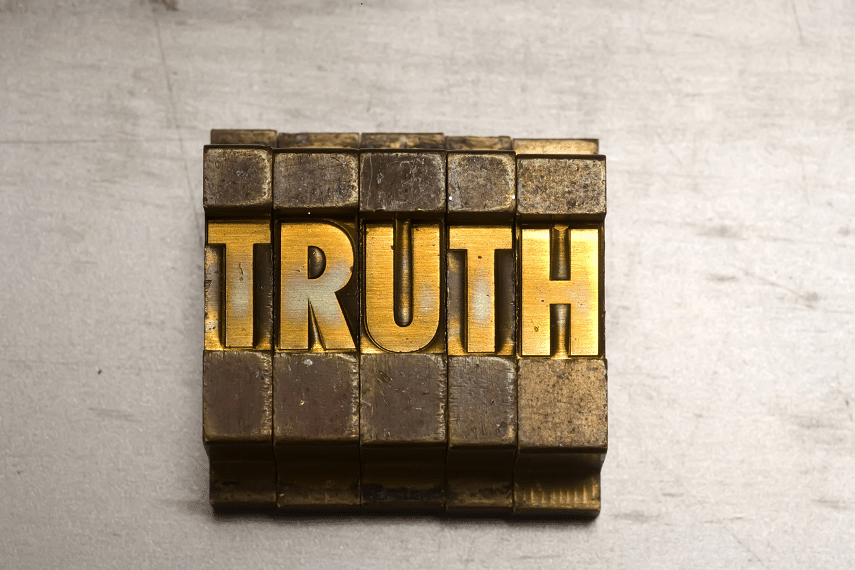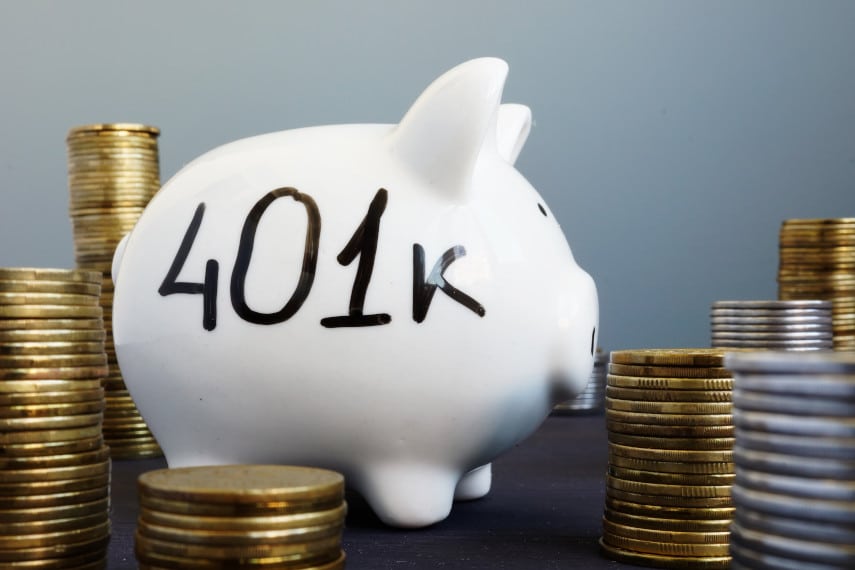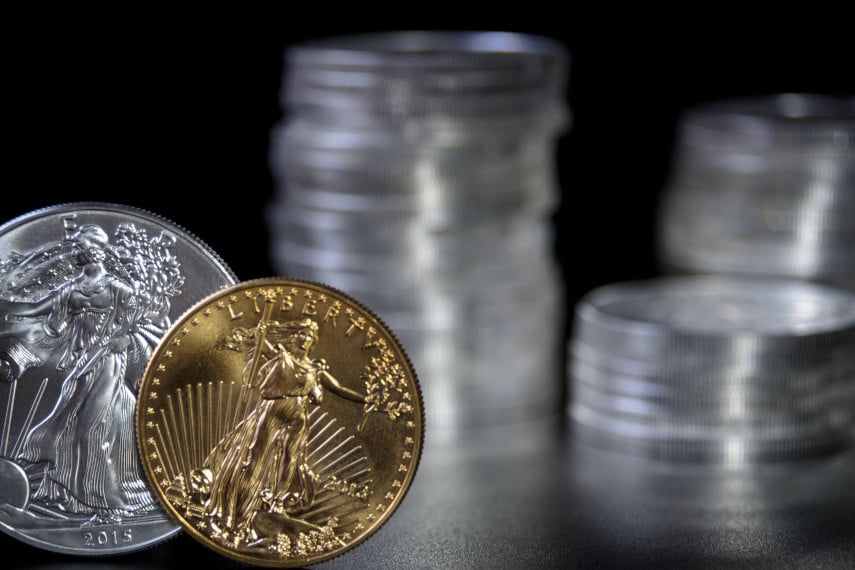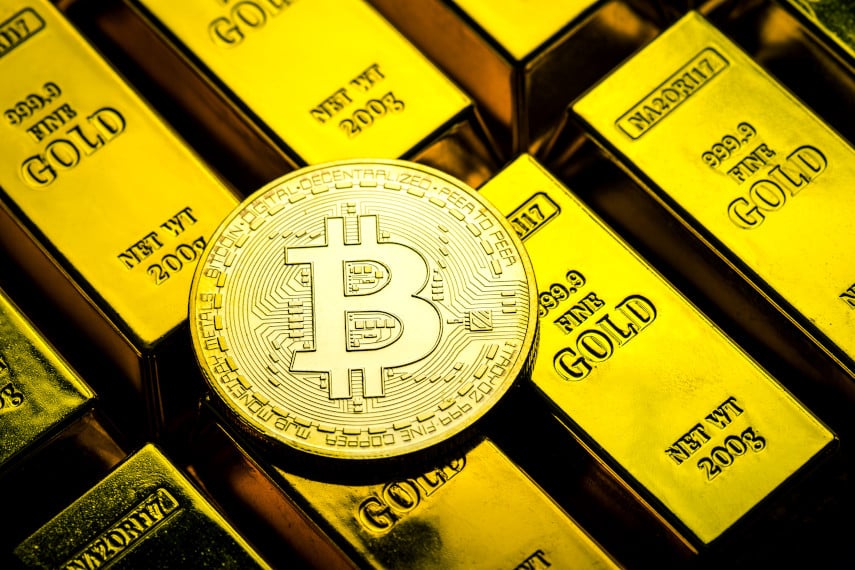
There are many misconceptions about investing in precious metals like gold and silver. It’s time to separate fact from fiction and reveal the truth about why these metals could be a smart investment choice and have been a reliable store of value for thousands of years.
Here are 9 common objections and detailed rebuttals that put these worries to bed:
Objection #1: Precious metals don’t provide consistent cash flow or dividends
While precious metals don’t provide the same consistent cash flow as stocks or bonds, they have the potential for significant long-term growth.
Gold has historically held its value over the long term and even skyrocketed during times of turmoil like in the aftermath of the 2008 financial crisis and during the stagflation of the 1970s.
Precious metals can also be a great hedge against inflation and market volatility, potentially protecting your wealth during market downturns.
Objection #2: Precious metals are a speculative or risky investment
Precious metals have been used as a store of value for thousands of years and have stood the test of time.
They have outperformed the market during times of recession and offer numerous benefits as an investment option, including protection against economic uncertainty, diversification, and long-term growth potential.
Investing in precious metals should not be considered a speculative or risky investment, but rather a critical tool for diversifying your portfolio.
Objection #3: My financial advisor hasn’t advised me to buy precious metals
Many financial advisors shy away from gold and silver for their clients, and it’s likely for self-serving reasons.
Financial advisors are paid commissions based on the products they sell to you. The more types of products they sell, or the more often they get you to move your money from one product to another, the more money they can make in commissions.
They may not get a commission if you decide to buy precious metals, and even if they did, your decision to buy and hold precious metals for years would reduce their ability to earn commissions because you’re not making any further purchases.
Objection #4: My 401(k) or IRA doesn’t allow me to invest in precious metals
Many traditional retirement plans only allow for a limited number of investments like stocks, bonds, CDs, and various mutual funds. That’s a major drawback.
This is where a self-directed IRA comes into play. It allows you far more investment options, including a way for you to hold physical precious metals in a tax-advantaged retirement account.
What thousands of investors with traditional retirement accounts are doing in today’s challenging economic climate is rolling over a portion of their money to a self-directed IRA to gain exposure to precious metals.
Objection #5: Investing in gold and silver is too complicated
This couldn’t be further from the truth if you have the right information. Investing in precious metals today is actually quite simple and straightforward. You can purchase physical gold and silver in the form of coins or bars straight from a qualified dealer like Goldco.
You could buy gold and silver through a direct cash purchase or through a self-directed IRA, which allows you to hold physical precious metals in a tax-advantaged retirement account. You could also buy shares in a gold ETF (exchange traded fund), but you wouldn’t own any physical metals, and there are some drawbacks to gold ETFs.
Investing in precious metals is not nearly as complicated as it may seem. Working with reputable and established partners like Goldco, anyone can easily add precious metals to their investment portfolio.
Objection #6: Where would I store it?
While there may be costs associated with storing and insuring precious metals, they may be minimal compared to the potential long-term benefits.
Many investors choose a secure storage option such as a professional depository, which is legally required when holding metals in a self-directed IRA. This could give you the peace of mind that your metals are safe and sound.
Others choose to hold physical metals themselves, either in a bank safe deposit box or at home. This carries a bit more risk (especially storing them at home) and is not allowed when using a gold and silver IRA.
Objection #7: What if the market turns around?
Gold and silver are more than just a hedge against market volatility and financial crashes. Let’s take the 2008 financial crisis as an example.
As the market rebounded in the years following the devastating market crash, gold, and silver exploded in value. By 2011, gold was up nearly 3X and silver almost 6X, even though markets were recovering! So gold and silver can go up even when stocks do too.
Add that was a period of low inflation. Just look at where we are now. Inflation skyrocketed at one point to nearly 9%! Our national debt is over $31 trillion right now, and a recession seems more likely every day.
Gold and silver tend to perform well in the face of these headwinds like inflation and economic uncertainty, not just during times of market weakness.
Objection #8: What if inflation has peaked?
Even if we have seen a peak in inflation, it is far higher than it’s been over the past 40 years. Because precious metals like gold and silver tend to be a hedge AGAINST inflation, a mere peak likely won’t have much of an impact. As long as inflation remains elevated, gold could benefit.
Let’s look at what happened during the stagflation years of the 1970s when the average annual inflation rate in the US was around 8.8% from 1973 to 1979.
According to Forbes…“During those six years, gold generated an impressive 35% annualized return.”
It’s important to remember that inflation can be unpredictable, and it’s impossible to predict the future with certainty.
Objection #9: Gold and silver are not investments
There are many reasons gold and silver should be considered as important investments. First and foremost, they have been used as a store of value for thousands of years, and have consistently held their value over time.
They are a hedge against inflation, which helps to protect your purchasing power over time, and they’re not subject to the same market fluctuations as stocks or bonds.
Last, but certainly not least, the prices of gold and silver tend to have a low correlation with stocks and bonds, which could make them an excellent hedge against market volatility and economic uncertainty.
Conclusion
Investing in precious metals like gold and silver could be a smart investment choice, as precious metals have stood the test of time. While there may be misconceptions about and objections to investing in these metals, it’s important to separate fact from fiction.
From providing long-term growth potential to being a hedge against inflation and market uncertainty to providing diversification, precious metals can have a place in any well-diversified portfolio.
Don’t let these common misconceptions hold you back from taking advantage of the benefits that precious metals can offer. If you want to explore the options available to you when it comes to protecting your wealth with gold and silver, call the experts at Goldco today. With over $1 billion in precious metals placements and thousands of satisfied customers, Goldco has helped people just like you benefit from gold and silver.






